Table of Contents
What Is Curry Really Made From?
Curry is not a single spice but a complex blend of multiple spices that varies significantly by region and tradition. The term "curry" itself originates from the Tamil word "kari," meaning sauce or seasoned dish. Contrary to popular belief, there is no universal "curry spice" - what we commonly call curry powder is a mixture of various ground spices created to replicate regional flavor profiles. Understanding the true composition of curry helps unlock its culinary potential across different cuisines.
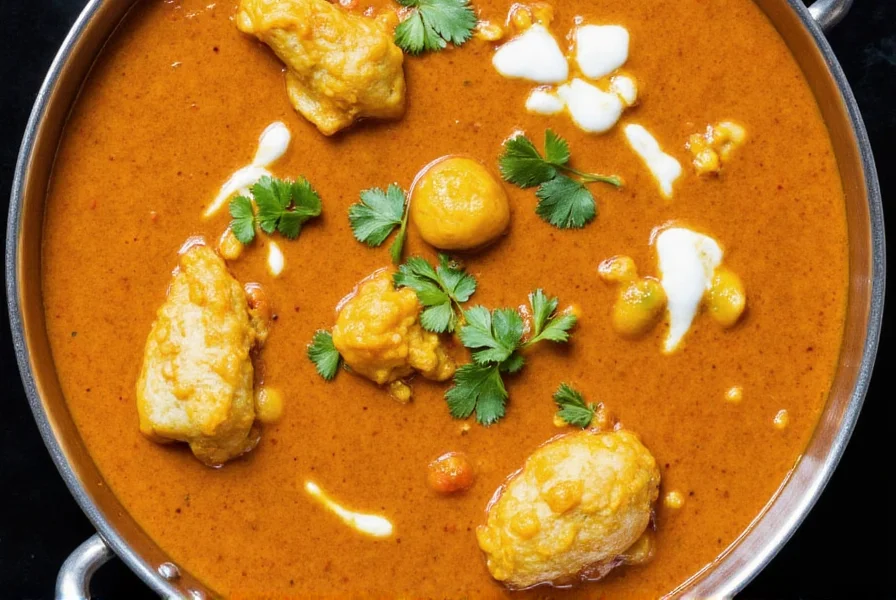
The Science Behind Curry Spices
Curry's distinctive flavor comes from carefully balanced combinations of spices, each contributing specific chemical compounds that create aroma, color, and taste. Here are the fundamental components and their scientific roles:
- Turmeric (Curcuma longa): Contains curcumin, which provides the vibrant yellow color and has anti-inflammatory properties. It contributes earthy, slightly bitter notes.
- Cumin (Cuminum cyminum): Rich in cuminaldehyde, which gives warm, nutty, and slightly smoky characteristics. Essential for depth in most curry blends.
- Coriander (Coriandrum sativum): Contains linalool and pinene, providing citrusy, floral notes that balance stronger spices. The seeds are typically used for curry powder.
- Chili Peppers (Capsicum spp.): Capsaicin compounds create heat, with varying levels depending on pepper type. Green chilies contain different compounds than dried red chilies.
- Ginger (Zingiber officinale): Contains gingerols, which provide pungent, spicy notes that mellow when cooked.
- Fenugreek (Trigonella foenum-graecum): Often overlooked but critical for authentic flavor. Contains sotolon, which contributes maple-like sweetness when toasted.
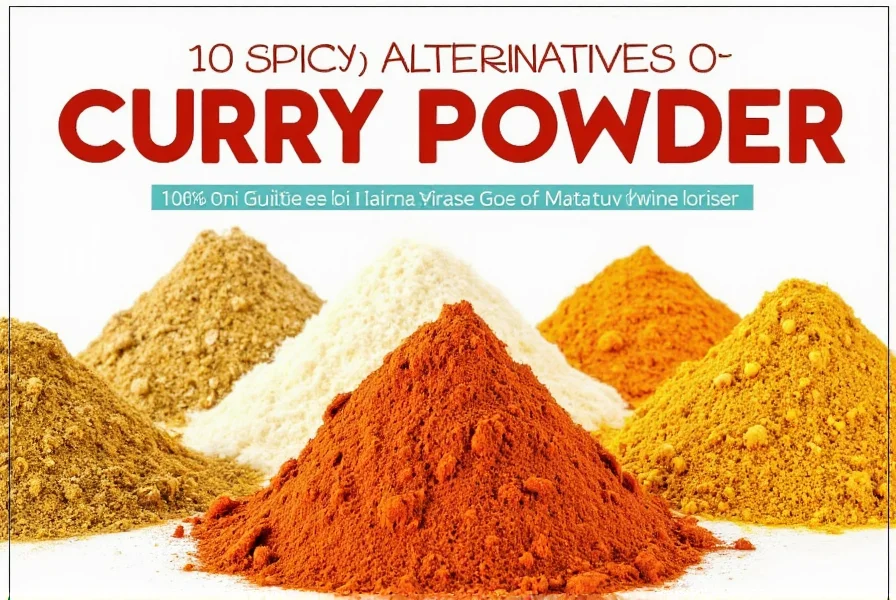
Regional Curry Variations Explained
| Regional Type | Key Ingredients | Flavor Profile | Culinary Tradition |
|---|---|---|---|
| Indian Curry | Curry powder (turmeric, cumin, coriander), garam masala, mustard seeds, asafoetida | Complex, layered, often with tomato or yogurt base | Varies by region: North Indian uses cream-based sauces, South Indian uses coconut-based curries |
| Thai Green Curry | Green chilies, lemongrass, kaffir lime leaves, galangal, coriander root | Herbaceous, citrusy, moderately spicy with coconut milk base | Thai cuisine, typically made with fresh paste rather than powder |
| Japanese Curry | Roux base (flour, butter, curry powder), apples, honey, soy sauce | Mild, sweet, thick consistency | Japanese adaptation of British curry, often served with rice |
| Caribbean Curry | Curry powder, allspice, Scotch bonnet peppers, coconut milk | Hot, fruity, with distinct allspice notes | Indian influence in Jamaica and Trinidad, often used for meats |
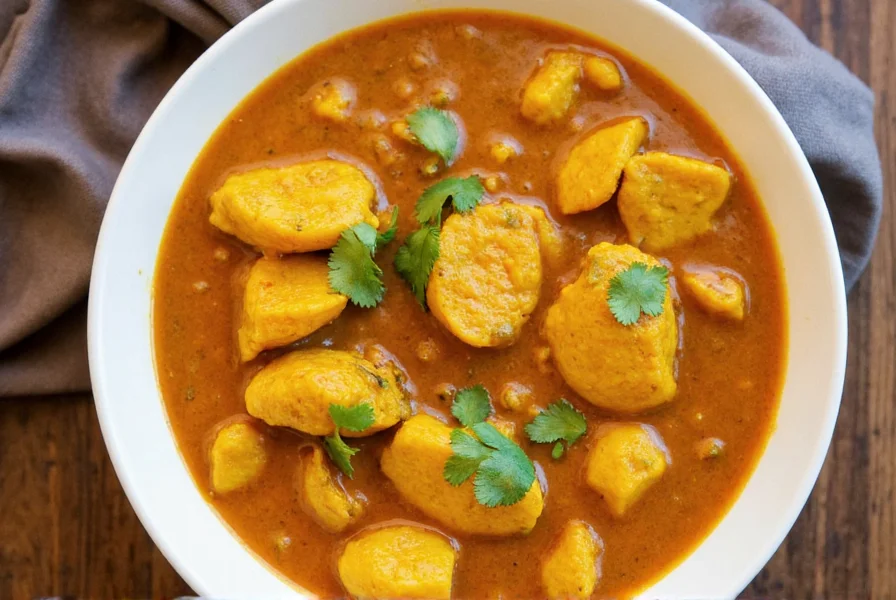
Understanding Spice Blends for Authentic Flavor
True curry authenticity comes from understanding regional spice combinations rather than generic "curry powder." Here are essential spice blends and their proper usage:
- Garam Masala: Not a curry powder but a finishing spice blend used in North Indian cuisine. Typically contains cinnamon, cardamom, cloves, and black pepper. Added at the end of cooking to preserve delicate aromatics.
- Curry Powder: A British invention for Western palates, typically containing turmeric, cumin, coriander, and chili. Not used in authentic Indian cooking where regional blends are preferred.
- Thai Curry Paste: Fresh paste made from pounded ingredients (not powdered). Green curry paste contains green chilies, lemongrass, and galangal; red curry paste uses dried red chilies; yellow curry paste includes turmeric and cumin.
- Madras Curry Powder: A specific Indian blend with higher chili content and additional spices like fenugreek and mustard seeds. Not to be confused with generic "curry powder."
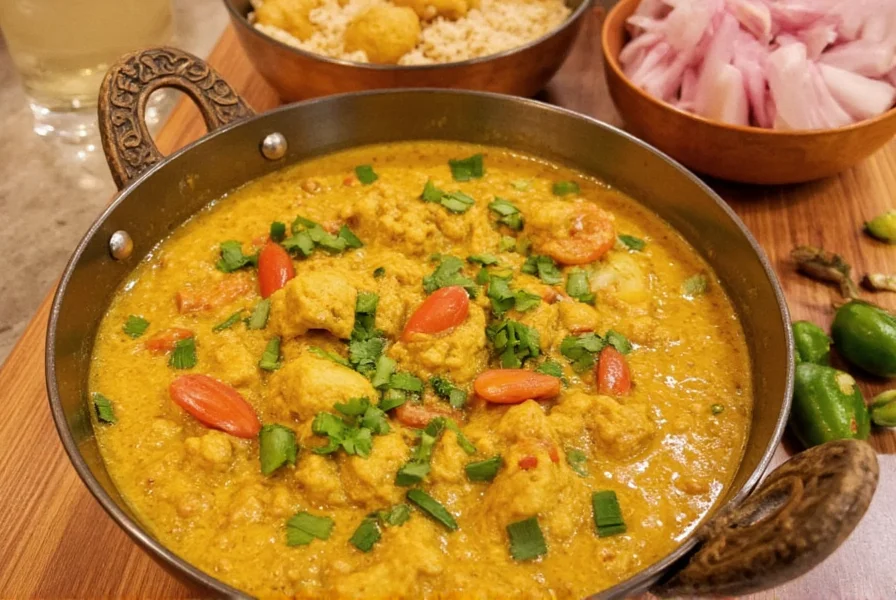
Expert Cooking Techniques for Curry
Professional chefs follow specific techniques to maximize curry flavor:
- Tempering whole spices: Heat oil and add whole spices (mustard seeds, cumin seeds, fenugreek) before adding ground spices. This releases essential oils without burning.
- Layering aromatics: Sauté onions until golden before adding ginger-garlic paste, then cook spices for 2-3 minutes to "bloom" them.
- Controlling heat: Add chili peppers at different stages - whole chilies early for subtle heat, ground chilies later for more intense spice.
- Acid balance: Finish with tamarind, lime juice, or yogurt to balance richness. Acid should be added at the end to preserve freshness.
- Texture control: Use coconut milk for creaminess, but add it after the spice base to prevent curdling. For thicker curries, use ground nuts or roasted lentils.
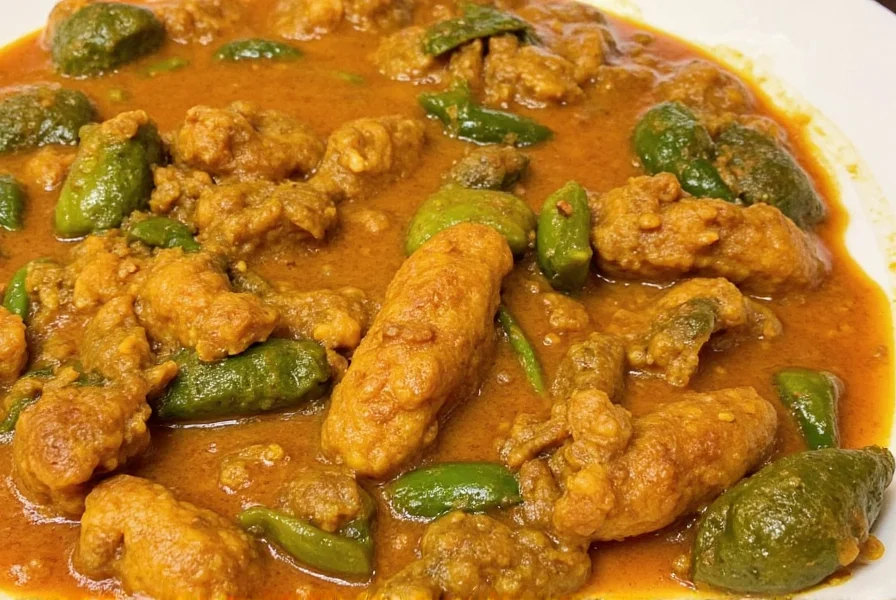
How to Choose Authentic Curry Products
When selecting curry products, consider these professional guidelines:
- Check ingredient lists: Authentic products should list specific spices rather than "spice blend." Avoid products with artificial colors or excessive fillers.
- Look for regional specificity: "Madras curry powder" or "Thai green curry paste" indicates more authentic products than generic "curry powder."
- Consider freshness: Ground spices lose potency quickly. Purchase small quantities and store in airtight containers away from light.
- For curry pastes: Look for products with visible fresh ingredients (lemongrass pieces, chilies) rather than uniform purees. The color should reflect the main ingredient (green for green curry paste).
- Check manufacturing dates: Spices are best used within 6-12 months of grinding. Avoid products without expiration dates.
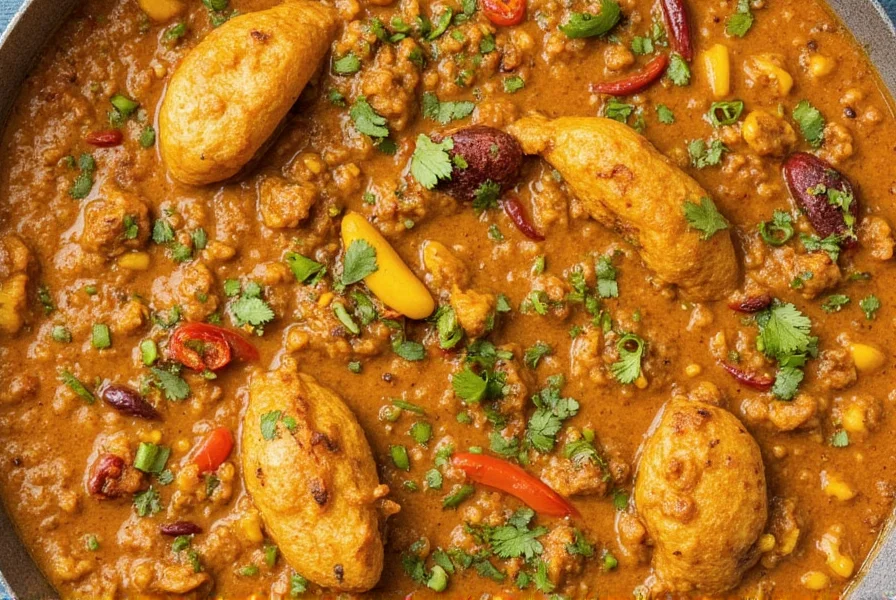
The Cultural Significance of Curry
Curry represents a fascinating culinary journey across cultures. The term was popularized during British colonialism in India, but authentic curry traditions predate this by centuries. In India alone, there are over 200 distinct regional curry styles, each reflecting local ingredients and traditions. Understanding curry's true nature - as a diverse family of spice combinations rather than a single ingredient - reveals why it remains one of the world's most beloved culinary traditions. The magic of curry lies in its ability to transform simple ingredients into complex, harmonious flavors through careful spice balancing.
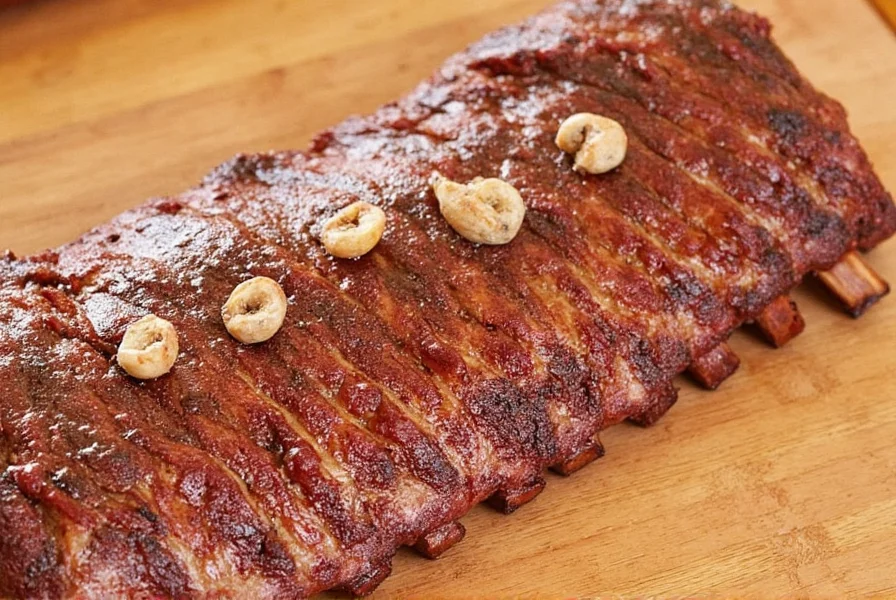
Frequently Asked Questions About Curry
Why is there no single "curry spice"?
"Curry" is a Western term created to describe Indian dishes with spiced sauces. Indian cuisine doesn't have a single "curry spice" but rather hundreds of regional spice blends. What Western markets call "curry powder" is actually a British invention from the colonial era, designed to approximate Indian flavors for home cooks. Authentic Indian cooking uses specific spice combinations for each dish rather than a universal "curry" blend.
What gives curry its yellow color?
Turmeric (Curcuma longa) is primarily responsible for the yellow color in many curry dishes. Its active compound, curcumin, is a bright yellow pigment that dissolves in fats. However, not all curries are yellow - Thai green curry gets its color from fresh green chilies and herbs, while red curry uses dried red chilies. The color depends entirely on the specific spice blend used.
How is curry powder different from curry paste?
Curry powder is a dry blend of ground spices, typically used in Indian-inspired dishes. Curry paste is a wet mixture containing fresh ingredients like lemongrass, galangal, garlic, and chilies along with ground spices. Curry pastes (common in Thai cuisine) are made by pounding ingredients together, while curry powders are simply ground. Paste provides more complex, fresh flavors, while powder is convenient but less authentic.
Why does curry powder taste different in different brands?
Curry powder formulations vary widely because there's no standard recipe. Different brands use varying proportions of spices, different types of chilies, and sometimes additional ingredients like fenugreek or mustard seeds. Some brands add artificial colors or fillers to reduce costs. Authentic regional curry powders (like Madras or Bengali) follow specific traditional recipes that differ significantly from generic "curry powder."
Can I make authentic curry without specific regional ingredients?
While you can create flavorful curry with available ingredients, true authenticity requires regional specifics. For example, Thai green curry needs fresh kaffir lime leaves and galangal (not regular ginger), while Indian curries often require mustard seeds or asafoetida. However, you can create delicious adaptations using substitutions - use regular ginger instead of galangal, or lemon zest instead of kaffir lime leaves. The key is understanding the flavor profile you're trying to achieve.
What's the difference between garam masala and curry powder?
Garam masala is a North Indian spice blend used as a finishing spice, while curry powder is a British invention for Western palates. Garam masala typically contains warming spices like cinnamon, cardamom, cloves, and black pepper, and is added at the end of cooking to preserve delicate aromas. Curry powder contains turmeric, cumin, coriander, and chili, and is added early in cooking to develop flavor. They serve completely different purposes in Indian cuisine.
Are all curries spicy?
No, "spicy" refers specifically to heat from chili peppers, but many curries are mild. "Curry" describes the spiced sauce, not the heat level. Indian butter chicken is a curry but very mild, while Thai green curry can be very hot. The heat level depends on the type and quantity of chilies used. Many regional curries like Japanese curry or Bengali fish curry are intentionally mild.
Why does my homemade curry taste different from restaurant curry?
Professional chefs use several techniques that home cooks often miss: proper spice blooming (toasting spices in oil), layering aromatics correctly, using fresh ingredients, and precise timing. Restaurant curries often use pre-made spice blends or bases that develop deeper flavors. Additionally, many restaurants use specific techniques like slow-cooking or adding ingredients at precise stages to build complexity. The key is mastering the "bloom" process for spices and not rushing the cooking process.

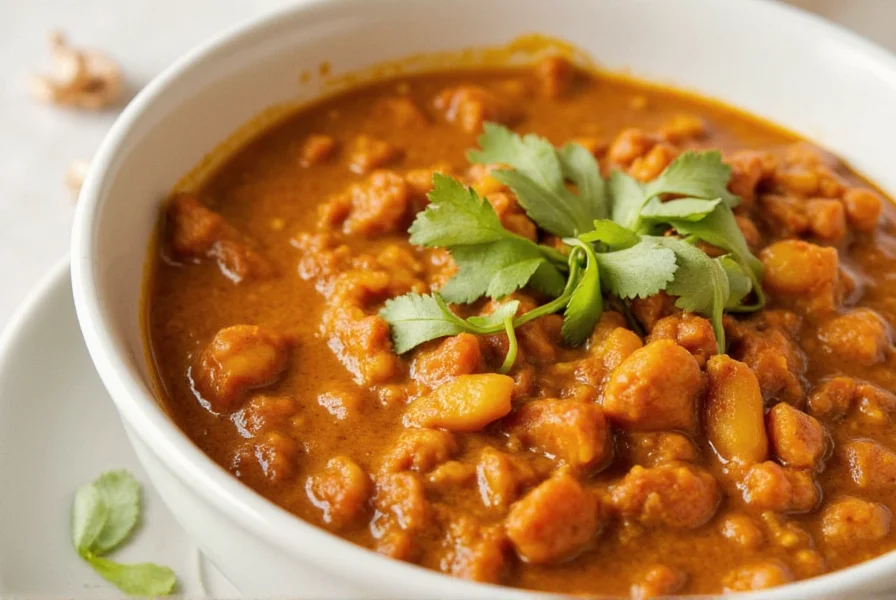









 浙公网安备
33010002000092号
浙公网安备
33010002000092号 浙B2-20120091-4
浙B2-20120091-4